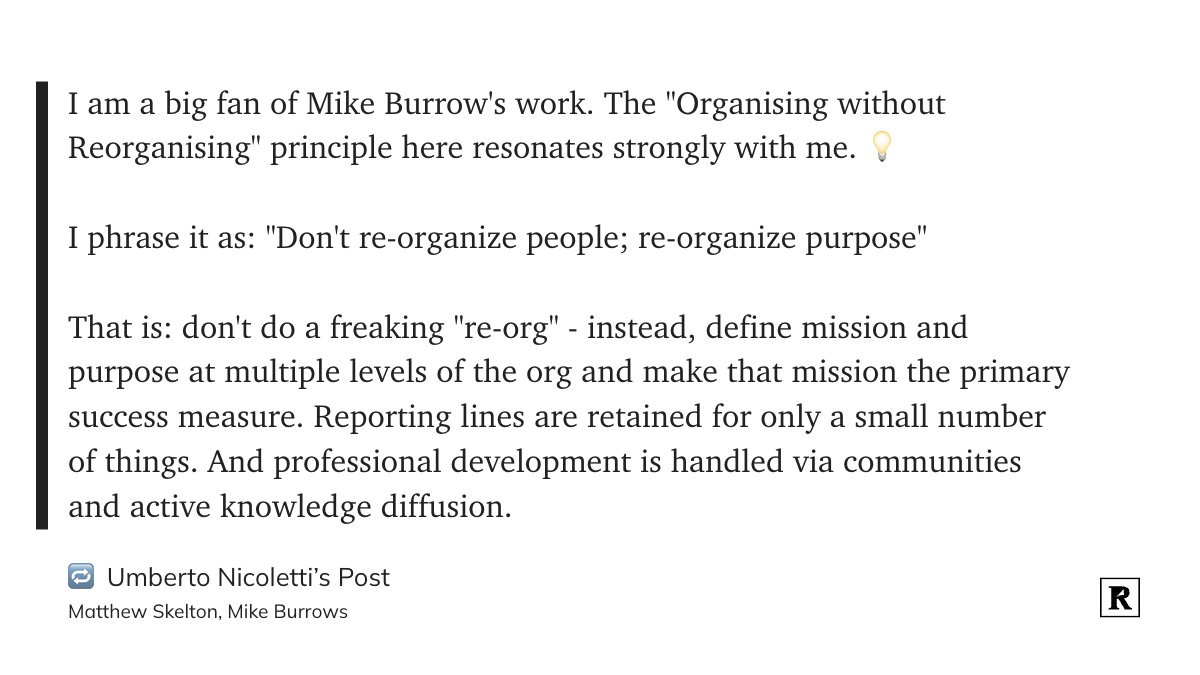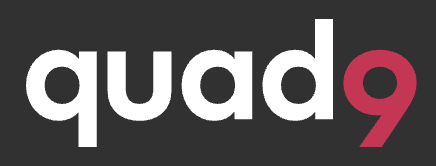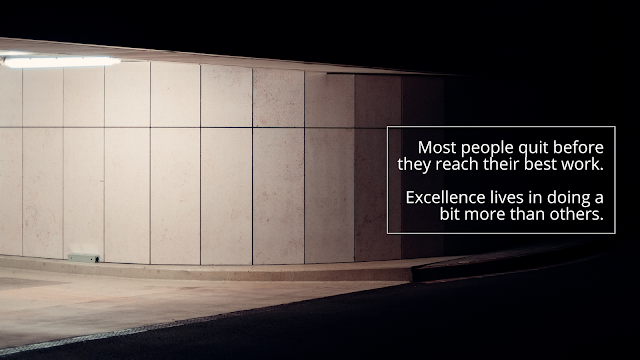[Acquired] Google: the AI company (Part 1)

You can't say you understand today's AI landscape without listening to this massive (4 hours!) Acquired episode on Google, focusing on its AI roots . Over three episodes, Acquired has a little over 12 hours worth of podcast just on Google! Well worth it IMO for the greatest business in history . Selected highlights: [07:23] basically every single person of note in AI worked at Google with the one exception of Yann Le Cun who worked at Facebook This is truly mind-bending to think about, especially considering that Google is (at the moment) not the first name that comes to mind when we think about AI (LLMs) today. But the real kicker comes a few minutes in when we learn that did you mean? (launched in 2001!!) and google translate (2006) are the first practical application of language models to its search business which made it exponentially more effective. About 25 years ago, Google was already running machine learning in production, at fantastic scale (about 15...













